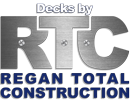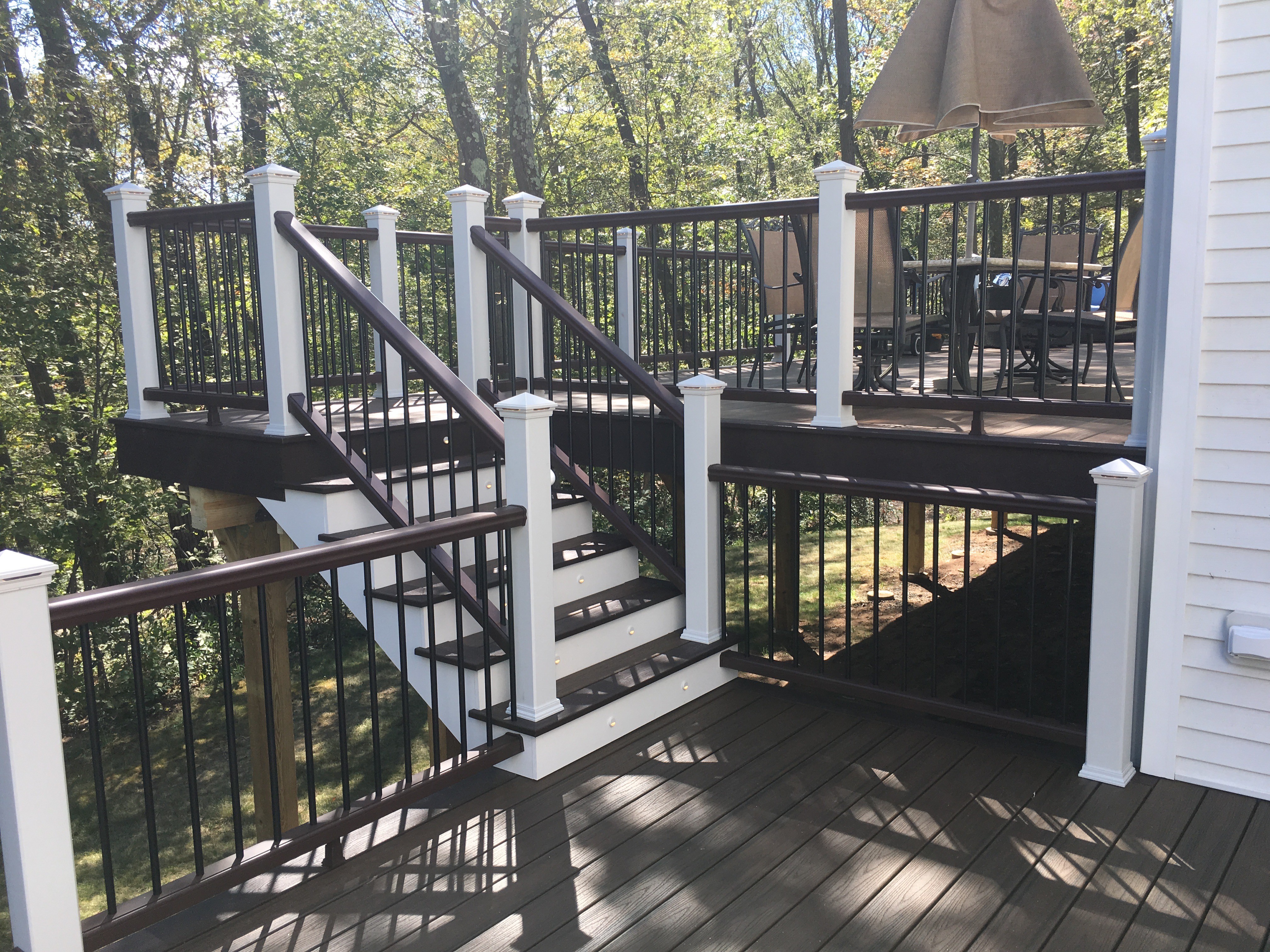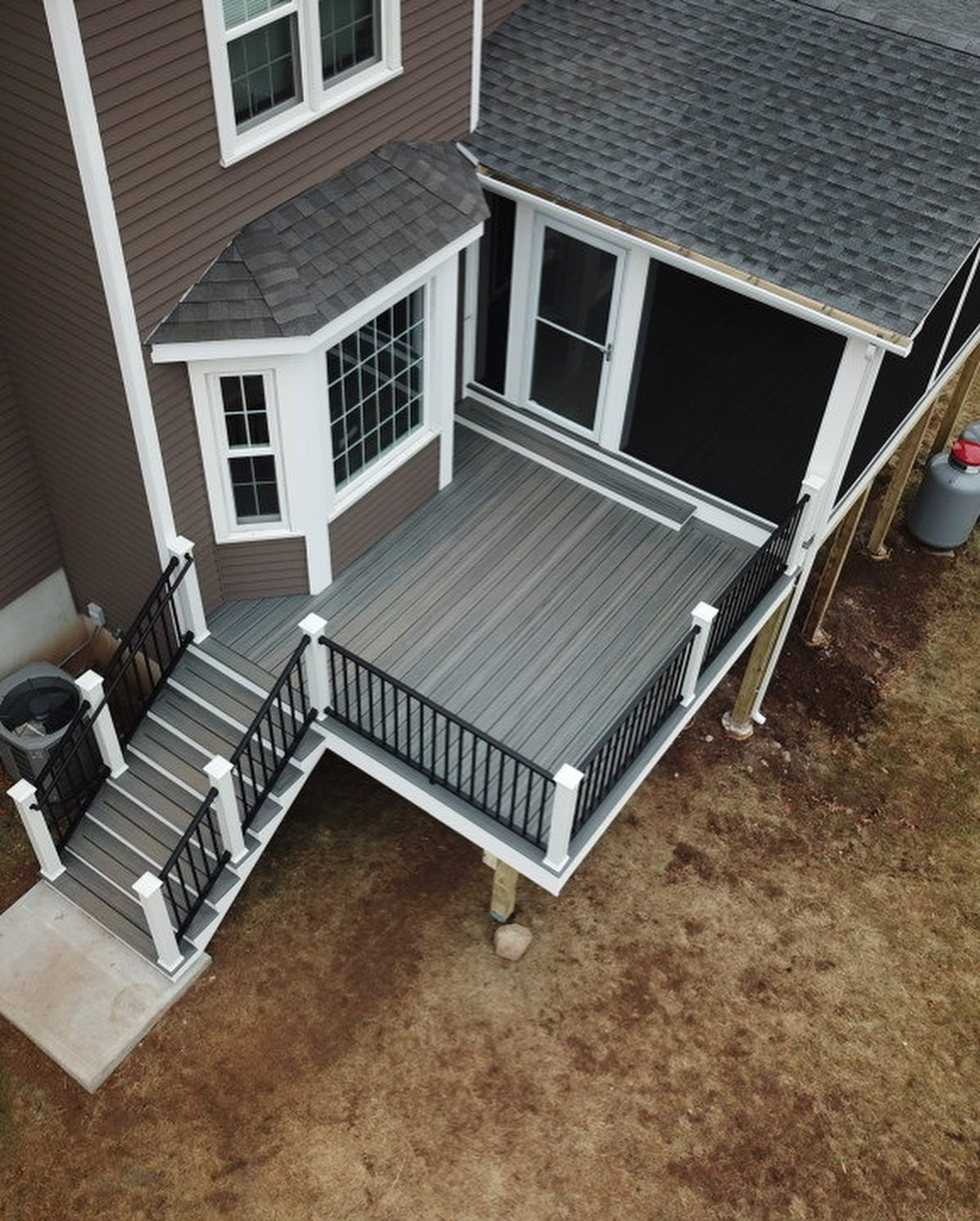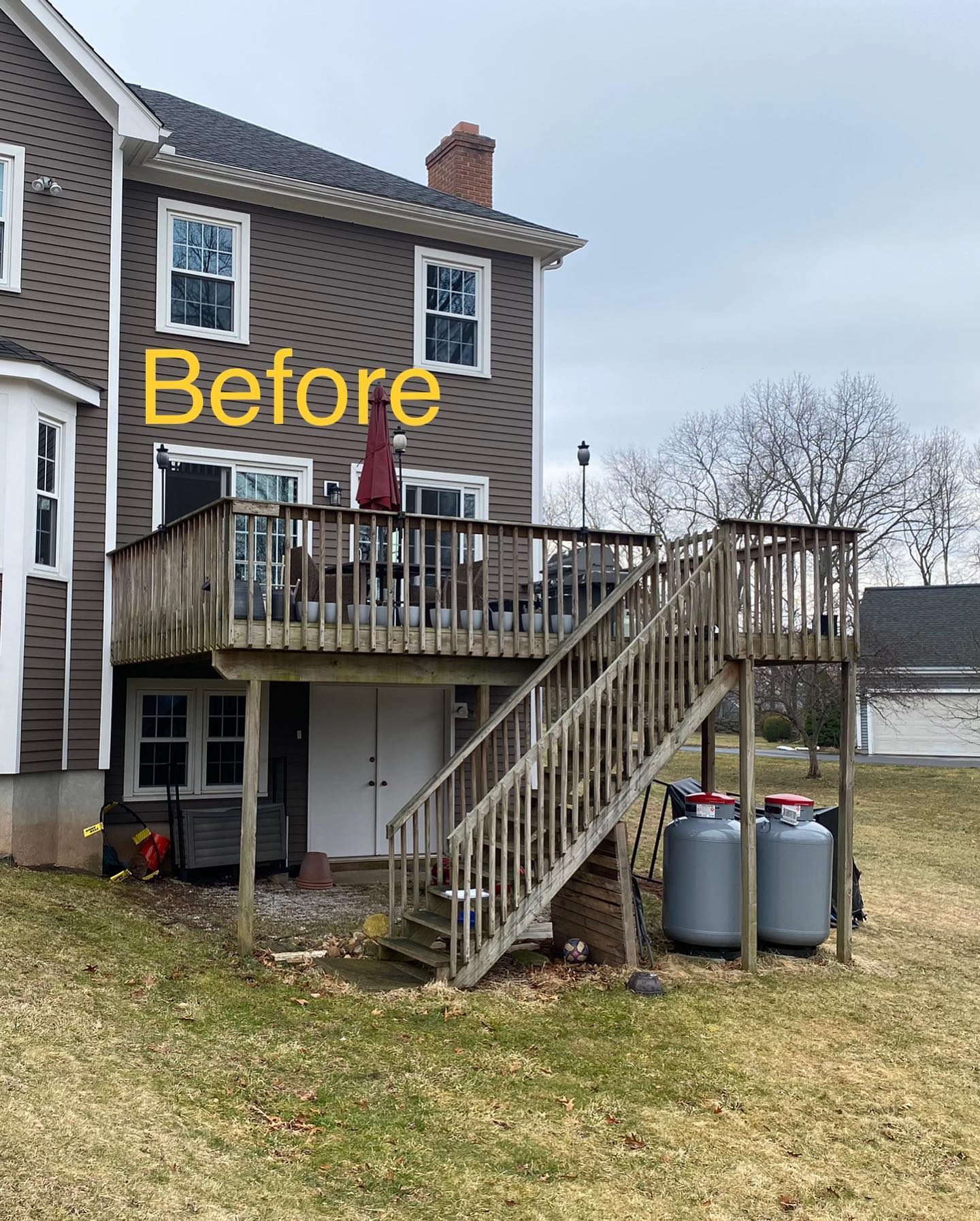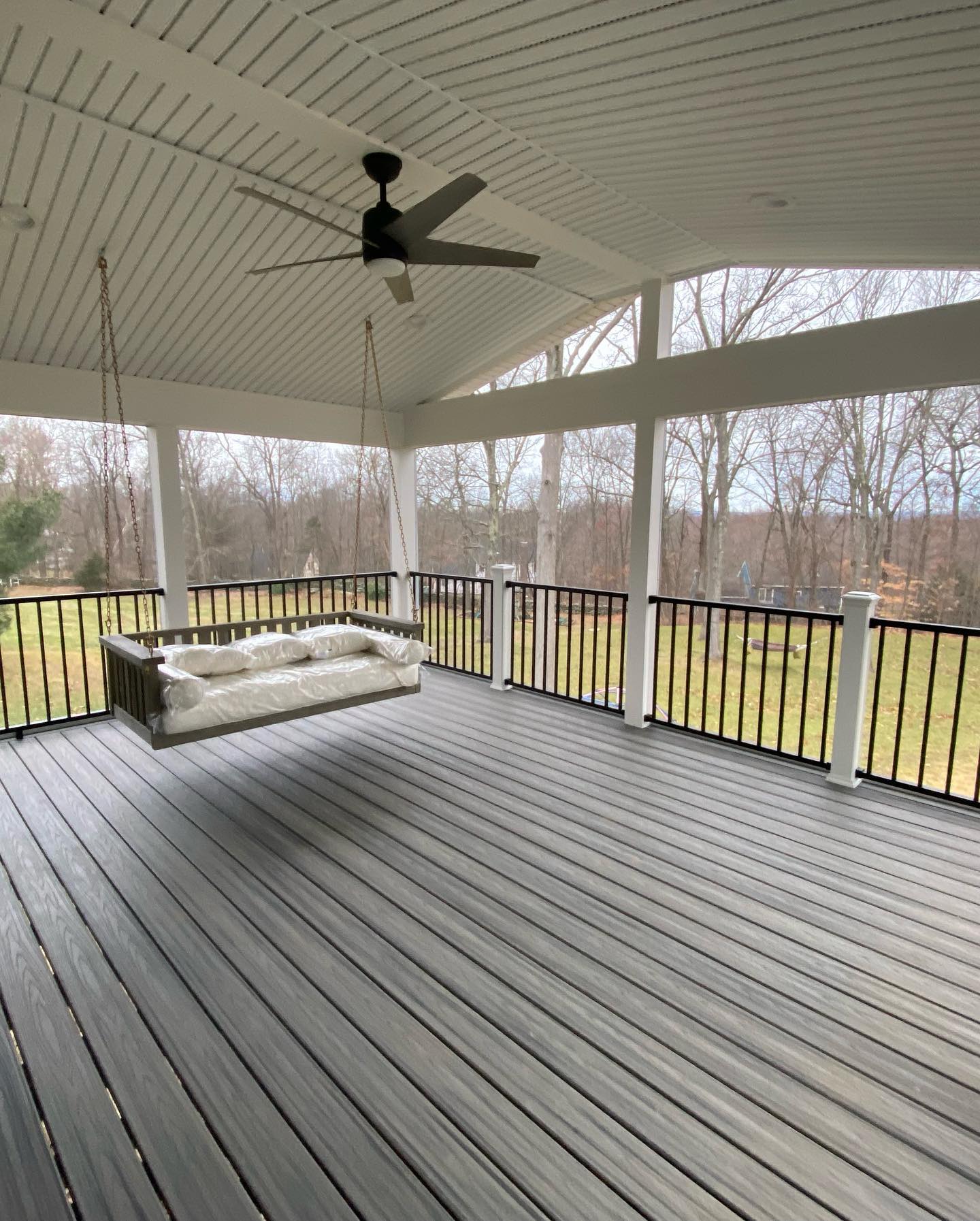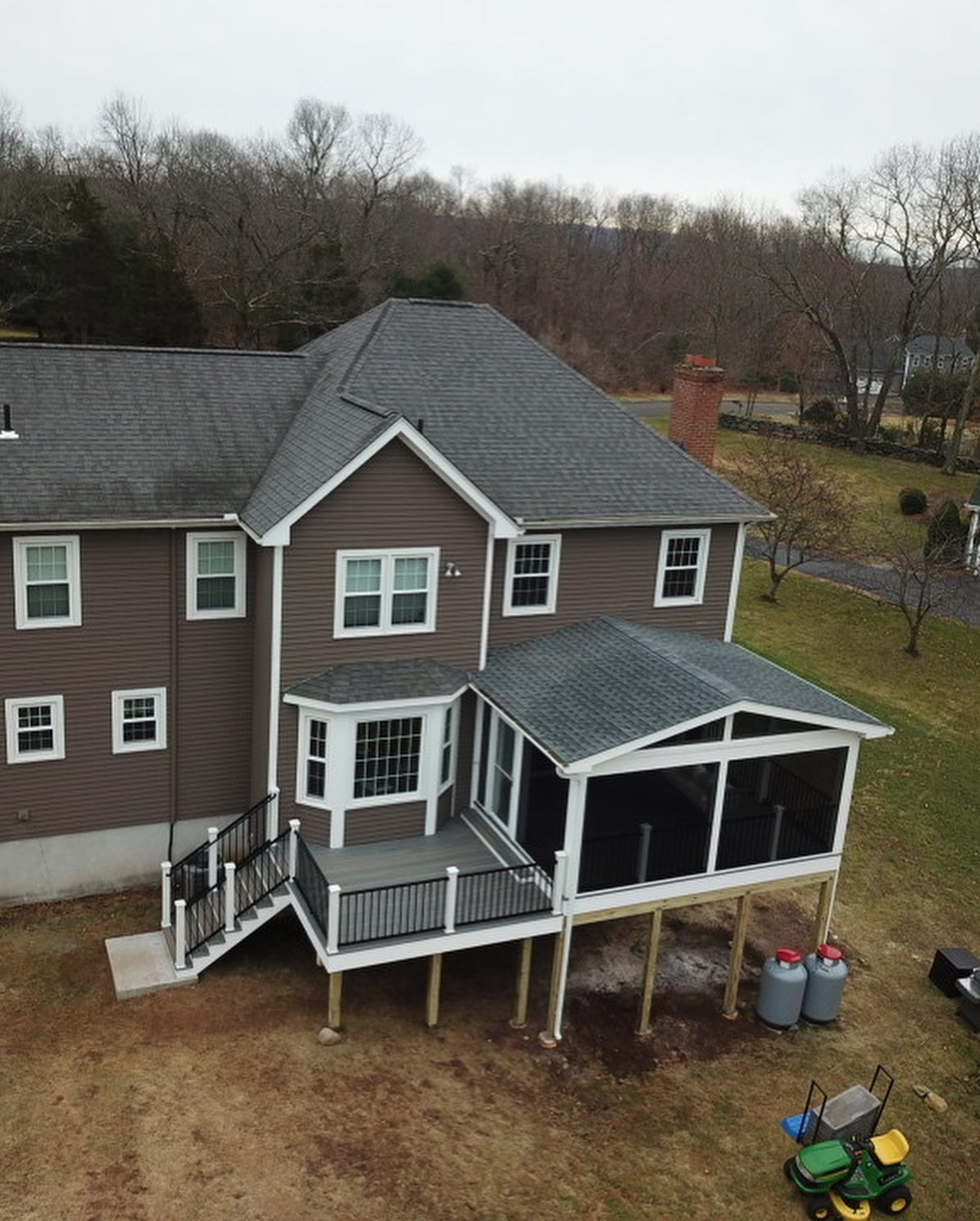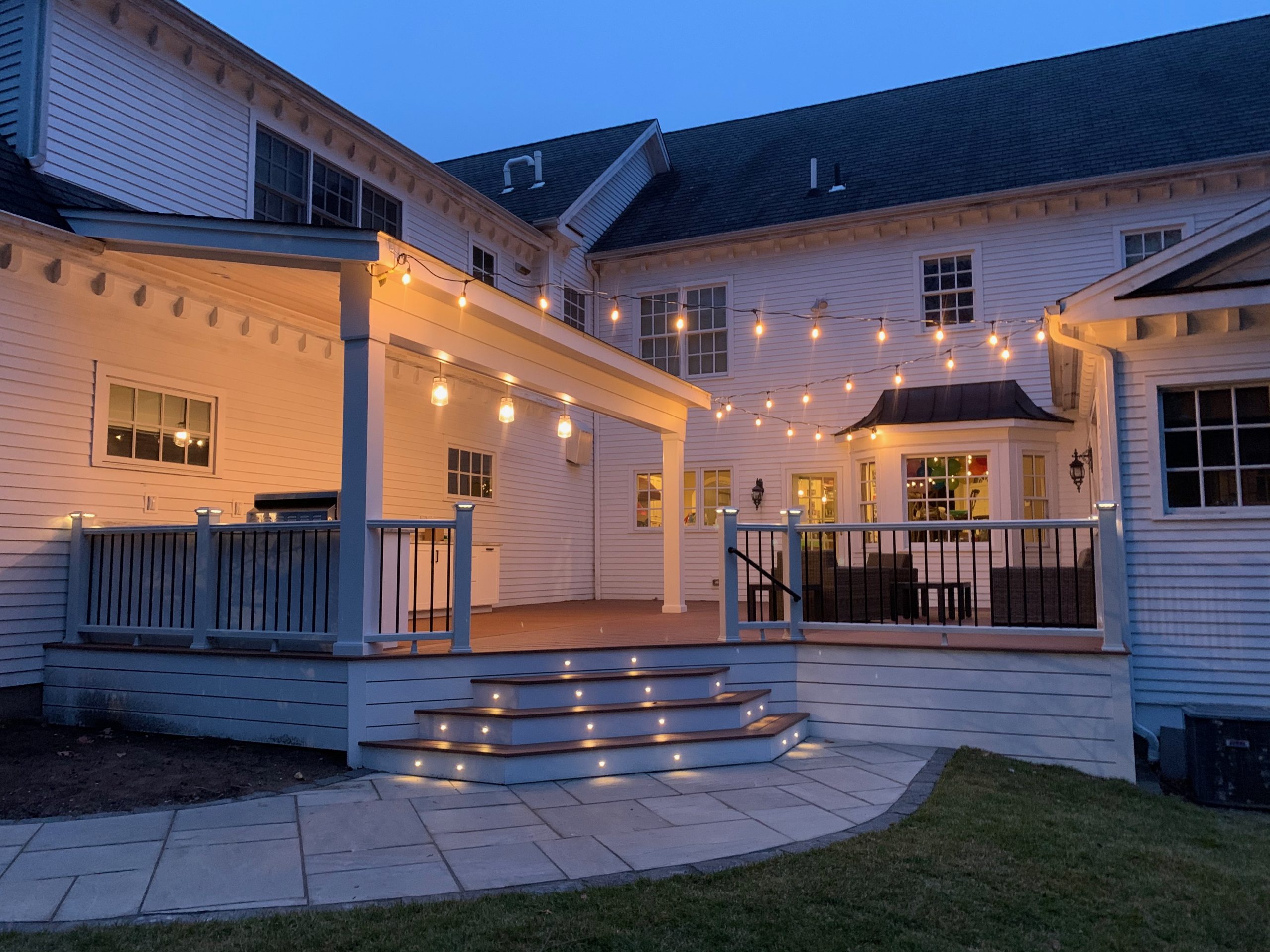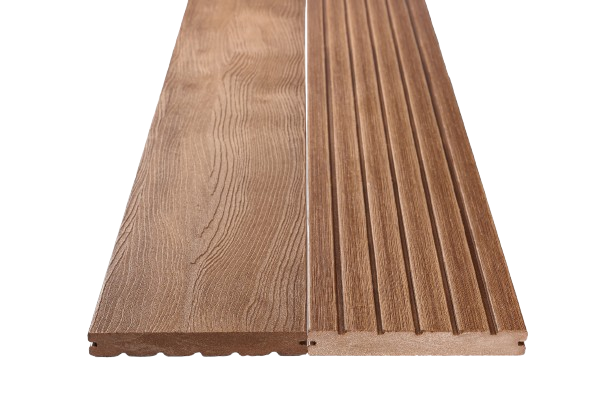When it comes to enhancing your home, a professionally designed and built deck is a transformative upgrade. It’s more than just an outdoor structure—it’s a lifestyle enhancement, offering space for entertainment, relaxation, and increasing your property’s value. However, the quality of your deck depends heavily on who you hire to build it. Opting for a specialist with expertise, certifications, and the right resources ensures you get a stunning, long-lasting result.
Why Choose a Deck Specialist Over a Handyman or “Chuck and a Truck”?
Many homeowners might consider hiring a handyman or a “Chuck and a Truck” (a one-person operation with basic tools and no specialized training) to build their deck. While these options might seem convenient or cheap, they often lack the expertise required to deliver a safe, durable, and visually appealing structure.
1. Specialized Training and Certifications
Reputable deck contractors often hold certifications and accreditations that demonstrate their skill and adherence to industry standards. For example:
- TrexPro® Platinum Certification: These contractors are the leading professionals in their markets, recognized for their expertise in designing and building projects with Trex® decking. They excel in creating both simple and complex outdoor living spaces.
- Professional Accreditations: Organizations like the North American Deck and Railing Association (NADRA) ensure contractors are up-to-date on safety codes, material science, and best practices.
Certified contractors also have access to the latest building codes and techniques, providing peace of mind that your deck will be safe, stylish, and built to last.
2. Material Expertise and Cost Efficiency
Deck-focused contractors have deep relationships with suppliers, allowing them to purchase high-quality materials like Trex® decking or premium hardwoods at lower costs. These savings are often passed on to clients, along with the assurance of proper installation for longevity and performance.
3. Attention to Design and Functionality
Deck specialists go beyond basic construction to create a space tailored to your needs. They consider:
- Custom Layouts: Designing decks for optimal flow, whether for entertaining, relaxing, or both.
- Integrated Features: Adding built-ins like benches, lighting, or outdoor kitchens to elevate functionality.
- Harmonious Design: Ensuring the deck complements your home’s architecture and landscaping.
4. Quality Construction for Longevity
Unlike handymen who may take shortcuts, deck specialists use advanced techniques and tools to ensure structural integrity. This includes proper framing, drainage solutions, and detailed finishes that add both beauty and safety.
Deck Materials Matter: How a Specialist Adds Value with Trex® and Natural Wood Decks
The material you choose for your deck plays a significant role in its durability, appearance, and maintenance needs. Whether you’re drawn to the low-maintenance appeal of composite materials like Trex® or the timeless charm of natural wood, a deck specialist can ensure your investment adds value and beauty to your home.
Trex® Decking: The Smart, Low-Maintenance Choice
Trex® is the leader in composite decking, combining beauty, strength, and sustainability. Specialists working with Trex® bring added value through their knowledge of the material and certifications like TrexPro® Platinum, ensuring flawless installation and access to exclusive designs. Homeowners love Trex® for:
- Minimal Maintenance: No sanding, staining, or sealing required.
- Weather Resistance: Built to withstand sun, rain, and snow without fading or warping.
- Eco-Friendly Materials: Made from 95% recycled materials for a sustainable choice.
- Industry-Leading Warranty: Trex® decks come with a robust warranty that covers fading, staining, and structural integrity, protecting your investment for years.
Natural Wood Decks: A Timeless, Classic Option
For those who prefer the warmth and authenticity of natural wood, a deck specialist’s expertise is invaluable. Specialists ensure that every detail is thoughtfully executed, from material selection to maintenance planning. Here’s how they enhance the value of natural wood decks:
- Material Expertise: Specialists help you choose the right wood for your project, from budget-friendly pressure-treated lumber to luxurious hardwoods like Ipe or Tigerwood.
- Custom Design: They craft wood decks that harmonize with your home’s style, creating unique layouts and features tailored to your needs.
- Quality Finishing: Proper sealing, staining, or painting ensures the deck remains protected from weather while highlighting its natural beauty.
- Precision Craftsmanship: Working with wood requires skill and attention to detail. Specialists guarantee tight joins, smooth finishes, and longevity through superior construction methods.
How Hiring a Deck Specialist Adds Value to Your Home
A deck isn’t just an expense—it’s an investment. Choosing a deck-focused contractor can significantly boost your property’s appeal and value in several ways:
1. Enhanced Curb Appeal
A beautifully crafted deck becomes a standout feature, catching the eye of potential buyers. Specialists know how to design decks that integrate seamlessly with your home’s style and landscaping, creating a polished look.
2. Increased Usable Space
A deck extends your home’s living area, providing versatile spaces for hosting gatherings or enjoying quiet moments. This added functionality is a major selling point for future buyers.
3. Higher ROI
Homeowners typically recoup a significant portion of their investment in a deck during resale, especially when built by a specialist. High-quality materials like Trex® or exotic hardwoods further enhance the return on investment, offering durability and lasting beauty.
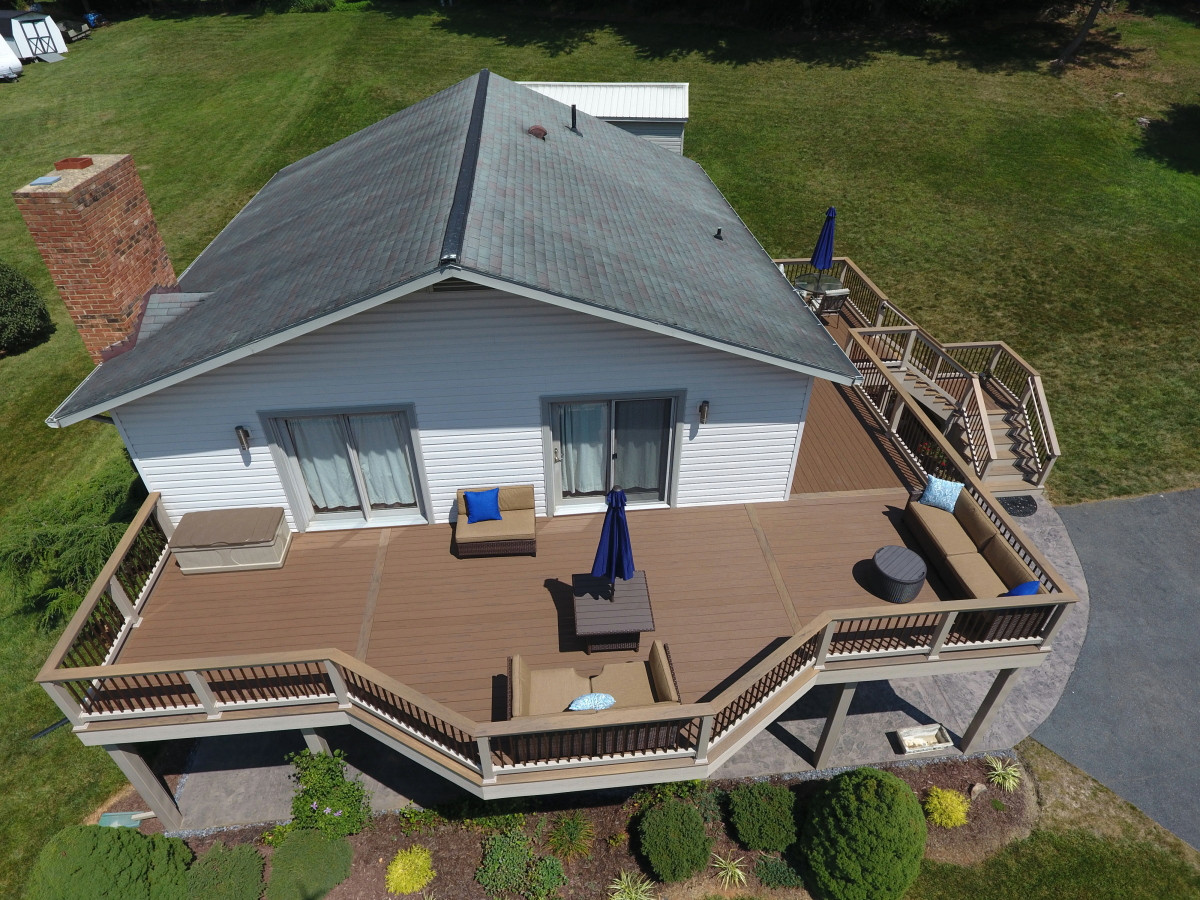
Invest in a Certified Deck Specialist for a Lasting Outdoor Upgrade That Adds Value
Whether you opt for the cutting-edge durability of Trex® or the classic charm of natural wood, a deck specialist elevates your outdoor space to new heights. Their expertise in design, construction, and material selection ensures a deck that is not only beautiful but also built to last. Certified professionals like TrexPro® Platinum builders or wood specialists provide peace of mind, knowing your deck will withstand the elements, enhance your home’s value, and bring joy for years to come.
Skip the risks of a handyman or “Chuck and a Truck” and choose a specialized deck contractor with the skills, knowledge, and resources to make your dream deck a reality. With their design expertise, material connections, and dedication to excellence, a professional deck specialist is the partner you need for a stunning and enduring outdoor space.
